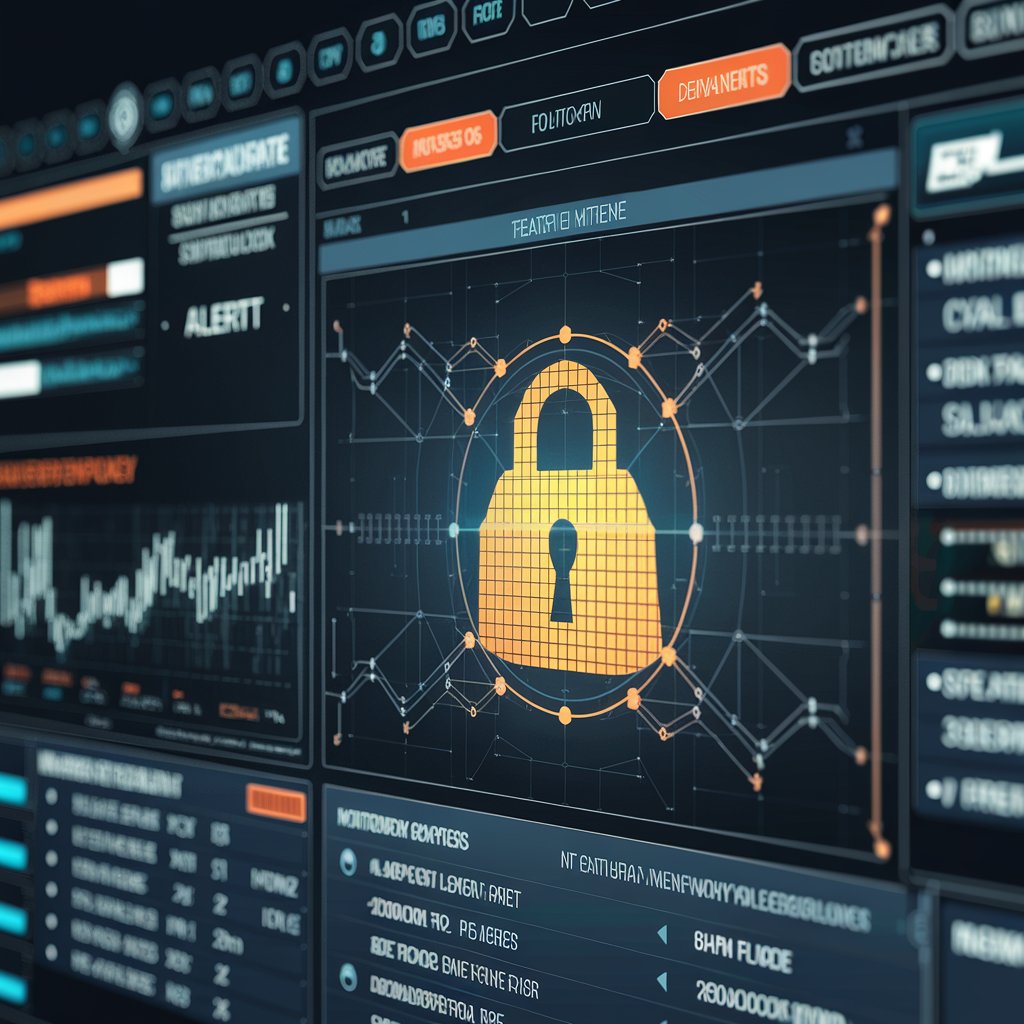UA
10 Min Read
Why Traditional Cybersecurity Approaches Fall Short
Traditional risk management methods often rely on periodic assessments and manual processes, which are insufficient against today’s dynamic threat environment. Key limitations include:
Reactive Responses: Addressing risks only after incidents occur.
Limited Visibility: Inability to detect threats across complex, multi-cloud, and hybrid environments.
Human Dependency: Manual processes prone to delays and errors.
The Pillars of Next-Gen Cybersecurity Risk Management
1. AI and Machine Learning (ML)
AI and ML are revolutionizing risk detection and mitigation by analyzing vast amounts of data in real time. These technologies enhance:
Threat Detection: Identifying anomalies and suspicious patterns.
Incident Response: Automating containment and remediation actions.
Predictive Analytics: Forecasting potential risks based on historical data.
Example: AI-driven Security Information and Event Management (SIEM) tools enable faster identification of zero-day vulnerabilities.
2. Zero Trust Architecture (ZTA)
Zero Trust is a strategic approach that eliminates the concept of implicit trust within a network. Key principles include:
Continuous Verification: Reassessing user and device trust at every access point.
Least Privilege Access: Granting minimal access required for tasks.
Micro-Segmentation: Isolating sensitive data to reduce lateral movement.
Implementation Tools: Identity and Access Management (IAM) solutions and network segmentation.
3. Real-Time Risk Assessment
Dynamic environments demand real-time risk assessments that adapt to changing circumstances.
Automated Monitoring: Tools that provide continuous insights into risk exposure.
Context-Aware Decisions: Risk assessments tailored to specific contexts, such as remote work setups.
Cloud-Based Platforms: Centralized dashboards to streamline visibility across distributed networks.
4. Advanced Threat Intelligence
Threat intelligence platforms aggregate data from various sources, enabling proactive risk management. Features include:
Global Threat Feeds: Insights into evolving tactics used by attackers.
Customized Alerts: Notifications based on industry-specific risks.
Collaboration Networks: Sharing threat intelligence across sectors to stay ahead of attackers.
5. Cyber Resilience
Next-gen risk management goes beyond prevention to emphasize resilience—the ability to recover swiftly from incidents.
Incident Response Plans: Detailed strategies for managing breaches.
Regular Simulations: Conducting tabletop exercises to test readiness.
Data Backup and Recovery: Ensuring critical data remains accessible during disruptions.
Benefits of Next-Gen Cybersecurity Risk Management
Proactive Defense: Anticipating and neutralizing threats before they materialize.
Enhanced Efficiency: Automation reduces reliance on manual processes.
Scalability: Tools and frameworks that grow with your organization.
Improved Compliance: Meeting regulatory requirements with real-time monitoring and reporting.
Implementing Next-Gen Cybersecurity Risk Management
Step 1: Assess Current Capabilities
Conduct a gap analysis to identify weaknesses in your existing cybersecurity strategy.
Step 2: Invest in Technology
Adopt tools such as:
AI-driven threat detection systems.
Cloud security solutions.
Zero Trust frameworks.
Step 3: Build a Cybersecurity Culture
Ensure employees understand their role in risk management through regular training and awareness programs.
Step 4: Partner with Experts
Leverage cybersecurity consultants or managed security service providers (MSSPs) to implement advanced strategies.
Future Trends in Cybersecurity Risk Management
Quantum-Safe Security: Preparing for threats posed by quantum computing advancements.
IoT Security: Addressing risks associated with the growing number of connected devices.
Blockchain for Cybersecurity: Enhancing data integrity and authentication.
Autonomous Threat Response: AI systems that act independently to neutralize threats.
Join our newsletter list
Sign up to get the most recent blog articles in your email every week.
You can copy our materials only after making sure that your services are safe.
This site is protected by reCAPTCHA and the Google Privacy Policy and Terms of Service apply.










